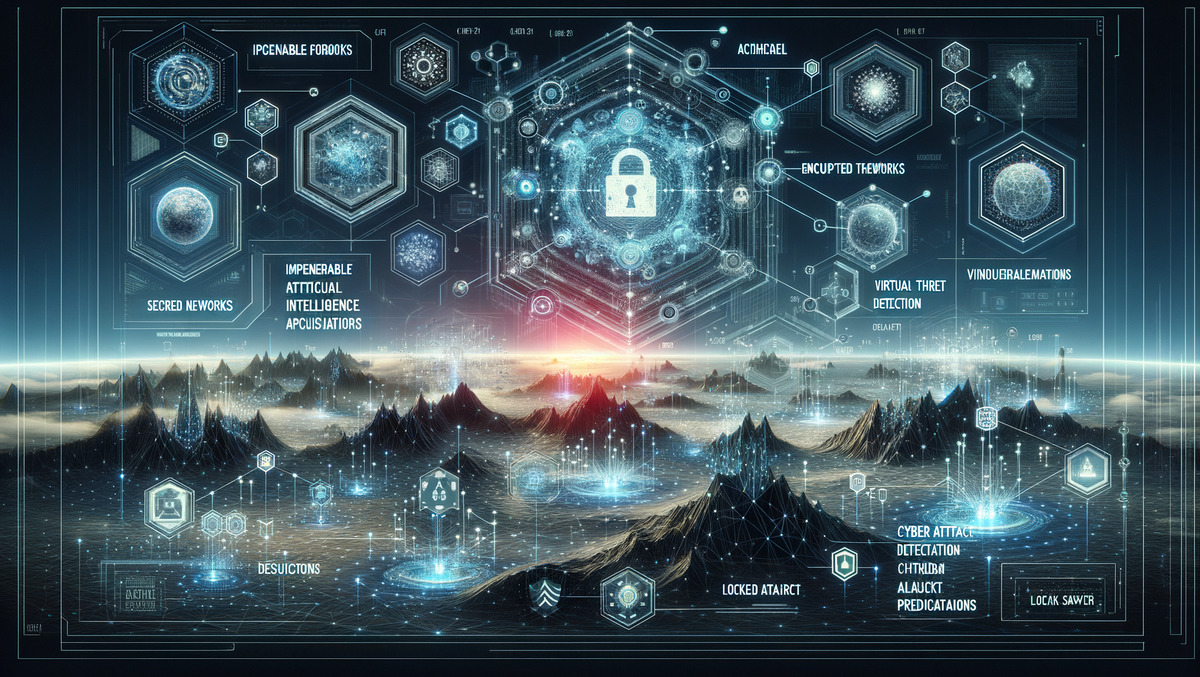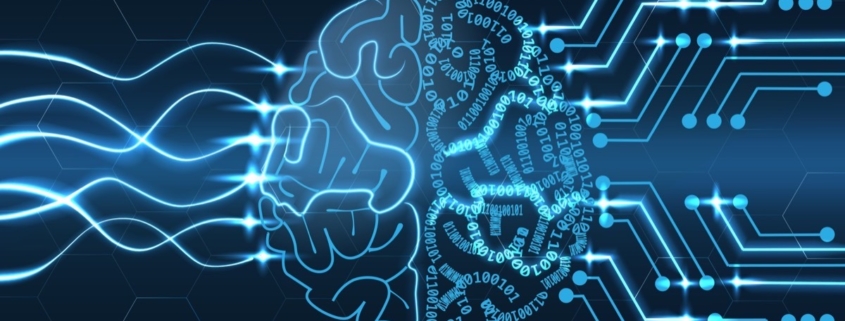AI’s pivotal role in cybersecurity valued at $60.6bn by 2028
Artificial Intelligence is expected to play a pivotal role in the field of cybersecurity, influencing behavioural analytics, threat detection, and automating processes. Valued at USD 22.4 billion in 2023, reports suggest that the global market for AI in cybersecurity is projected to grow to USD 60.6 billion by 2028, at a Compound Annual Growth Rate (CAGR) of 21.9%.
The rise of AI technologies such as natural language processing (NLP) and machine learning (ML) are deemed vital for enhancing cybersecurity as tech firms, defence, and government agencies face an increase in cyberattacks. Priority is reportedly given to machine learning algorithms for enhancing security intelligence. AI is significant in banking sector as well, due to rising privacy concerns, emphasising on AI-based cybersecurity. The demand for advanced AI solutions is expected to grow parallel to the evolving cyber threats, particularly from small and medium-sized enterprises (SMEs).
Software is anticipated to hold a major share in the AI in cybersecurity market during the forecast period. AI in cybersecurity software sector is driven by the increase in security breaches on business applications aiming to acquire sensitive data. The strict data privacy policies and regulations have led to a rise in demand for AI-based cybersecurity solutions. The widespread use of connected devices, Bring-Your-Own-Device (BYOD) trends in organisations, and increasing internet usage are all factors contributing to the need for potential risk mitigation.
Managed services in cybersecurity are expected to exhibit the highest CAGR during the forecast period. These services, backed with AI algorithms, boost real-time threat detection and automate incident responses, thereby optimising resource allocation. The scenario presents cybersecurity teams with opportunity to focus on strategic undertakings. Risks can be managed efficiently with AI-powered systems operating on vast datasets, offering overall protection against evolving cyber threats. Predictive analytics empower organisations to anticipate and respond effectively to cyber threats.
The Asian Pacific region is projected to exhibit the highest CAGR. Rise in population and…


